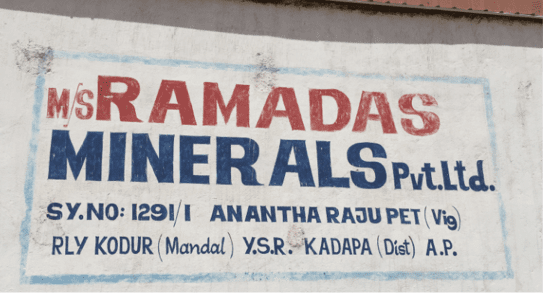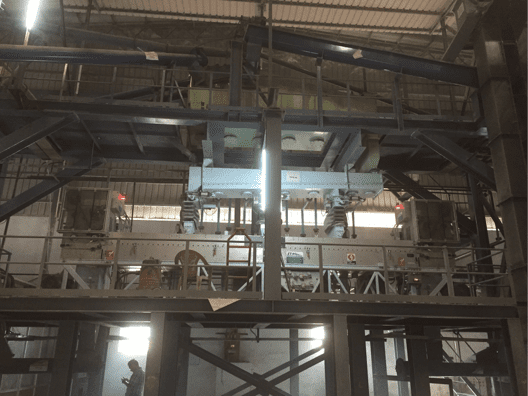Khetha ulimi:
Barite kuyinto eyinhloko, zemvelo, amaminerali barium yombala ezisekelwe. barium yombala, Umbukiso Wesithombe Sokusakaza 56, itfola igama lawo isiGreki kusho esindayo. Barite yaziwa nangokuthi baryte. Amazwe eyinhloko ezifakwa kwezohwebo of barite Okwamanje wathola kukhona United States, China, India nase Morocco. Barite eziphakeme ukuminyana futhi amakhemikhali inertness siwenze amaminerali ekahle izicelo eziningi.
Ifomula chemical ngoba barite kuyinto BaSO4. It has a gravity ethize eliphezulu 4.50 g / cm3. Mohs ubulukhuni Its 3.0 ukuze 3.5. Barite, okuyinto lungatholakala ezihlukahlukene imibala kuhlanganise aphuzi, esinsundu, emhlophe, blue, grey, noma kungekho nto enemibala emihle, ngokuvamile has a Vitreous ukuze Pearly ayebuthaka.
Barite kungatholwa ngokuhlanganyela kokubili metallic kanye imali amaminerali nonmetallic. Ukuze kwezomnotho iphila iminyaka isizinda, barite ngokuvamile kudingeka ukuba impahla wansuku zonke idiphozi. Imihlobo imali lapho ngokuvamile atholakala zihlanganisa vein, asalile, futhi bedded. Esebenzisa umfanekiso kanye imali asalile zinomsuka ezingaphansi kolwandle, ngenkathi ezifakwa bedded kukhona sedimentary.
ezifakwa Major e-United States aye atholakala Georgia, Missouri, Nevada futhi Tennessee. eCanada, amaminerali iye misela ku Yukon Territory, Nova Scotia futhi Newfoundland. eMexico, barite ezifakwa ziye zatholakala e Hermosillo, Pueblo, Monterrey futhi Durango.


The overwhelming majority of the barite that is mined is used by the petroleum industry as a weighting material in the formulation of drilling mud. Barite increases the hydrostatic pressure of the drilling mud allowing it to compensate for high-pressure zones experienced during drilling. The softness of the mineral also prevents it from damaging drilling tools during drilling and enables it to serve as a lubricant. The American Petroleum Institute (I-API) has established specifications for the use of barite in drilling mud.

Dry Barite Beneficiation
STET has both pilot scale and commercial experience processing barite to remove gangue such as silicates, yensimbi, and alumina. Low-grade barite beneficiation with a specific gravity between 3.5 - 4.0 has been successfully upgraded using the STET process to product API-grade barite.
STET can demonstrate that the dry electrostatic separation process offers many advantages over traditional wet processing methods (flotation) kuhlanganise:
Disrupting a new industry is always a challenge. ST Izinsiza kusebenza & Technology and Ramadas Minerals Pvt. Ltd. in India understand this challenge well. Ramadas Minerals contacted STET to perform testing of a low grade barite / quartz sample produced at the APMDC barite mine in Andhra Pradesh, India. The material was a low grade tailings product from the mining process. It contained too much silica to be sellable as a high SG barite product, and was being produced in large volumes. What was needed was a process to transform the mining waste to usable product. Wet processing (flotation) was one alternative technology being considered.
Testing at the STET pilot facility demonstrated excellent separation results for the barite powder. The STET separator was able to achieve the goal of +4.20 SG barite through a single separation step.
The STET separator was fit into the existing building, which was originally designed to house a flotation facility. The STET separator installation resulted in significant savings of space, in relation to the previously designed flotation facility. Ngaphezu kwalokho, a substantial reduction in capital and operating cost was realized.
Contact STET to learn more about dry processing of barite.